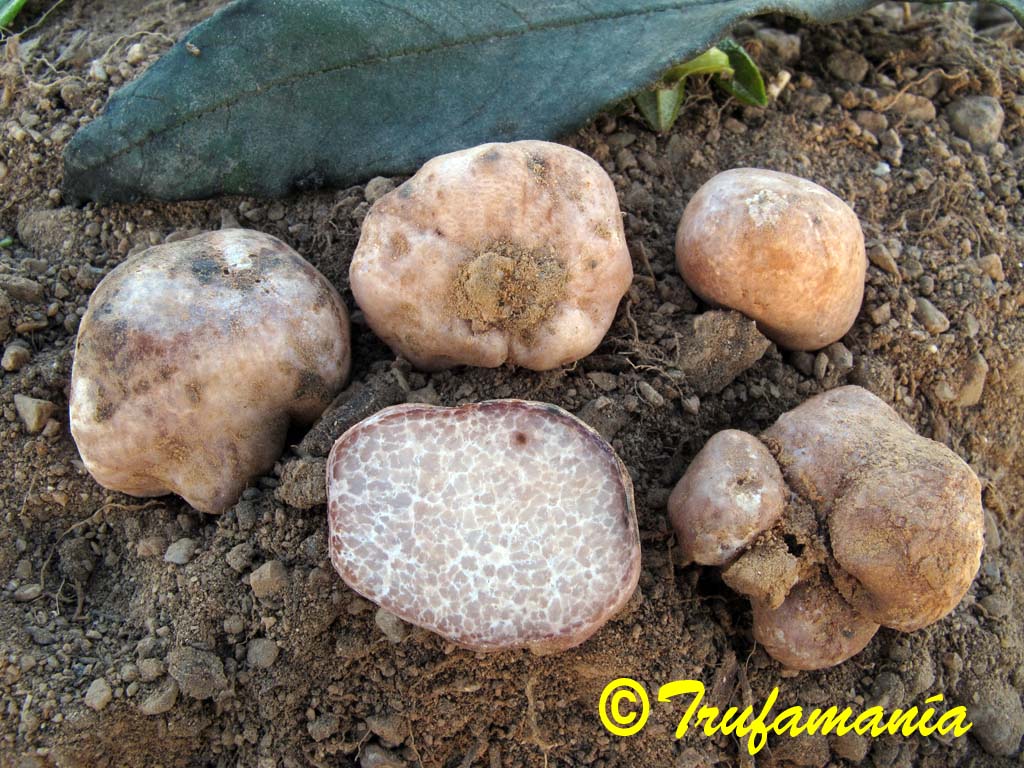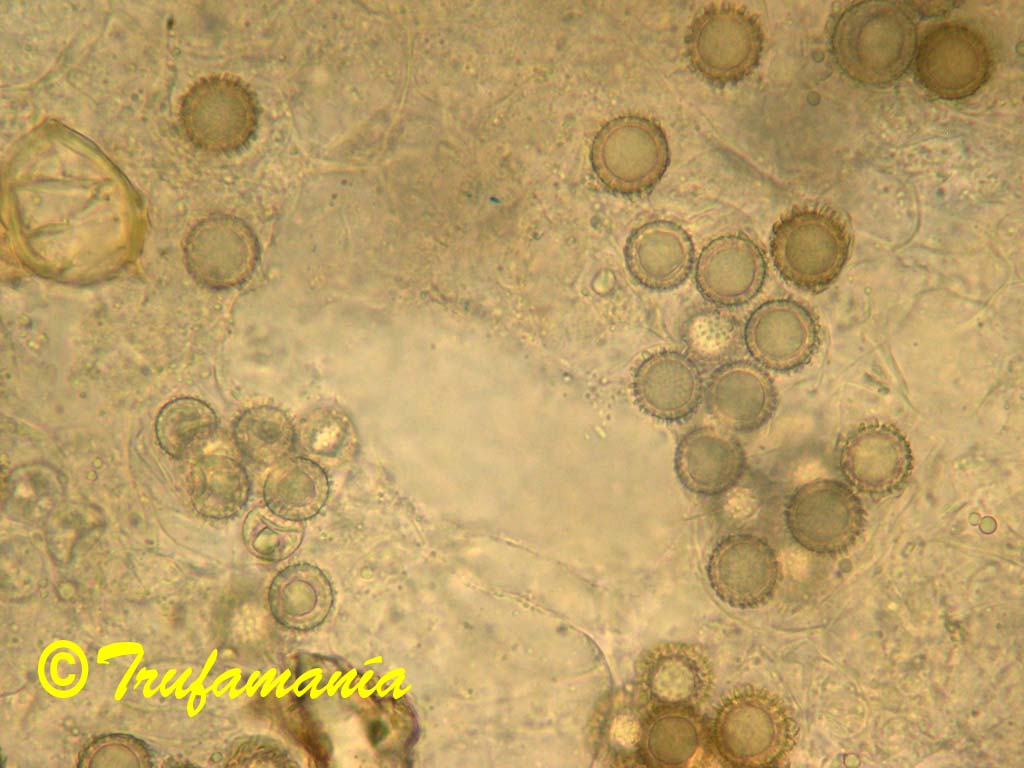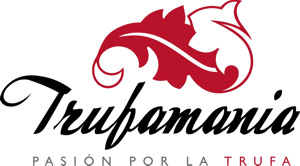TERFEZIA CISTOPHILA Ant. Rodr., Bordallo, V. Kaounas, & Morte
Phytotaxa 230 (3): 245 (2015)

(Click on the picture to see more images)
Macroscopic characters:
Ascomata: hypogeous to partially emergent at maturity, solitary or gregarious, 0,5–2 cm in size, subglobose, often basal depression with a mycelial tuft, sometimes rounded sterile base, light beige at first, becoming dark reddish brown, with black spots, with some pitting at maturity, smooth.
Peridium: 150–400 µm thick, poorly delimited, pseudoparenchymatous, composed of subglobose cells, 10–60 µm diam, hyalines and thin-walled in the innermost layers, yellowish and with thicker walls, up to 2,5 µm thick, in the outermost layers.
Gleba: solid, fleshy, succulent, whitish with greyish pockets at first, maturing to light ochre, darkening to pale brown at maturity, pockets of fertile tissue separated by whitish, sterile veins, sometimes with pink salmon spots.
Odour: faint, spermatic, more remarkable in young specimens
Taste: mild.
Distibution, Habitat and Season:
Spain, Extremadura, in sandy, acid soils, associated with Cistus ladanifer, from April to May.
Greece in acid soils, associated with Cistus monspeliensis and Cistus creticus, from February to April
Notes:
Terfezia cistophilais a spiny-spored Terfezia species characterized by its intense blackening of peridium, light ochre gleba, spermatic odour and growing in acid soils associated with Cistus spp. It differs from T. albida, the other spiny-spored species with spermatic odour, in growing in alkaline clay soils, has larger ascomata, white peridium, grayish green gleba and larger spores. T. fanfani, T. pseudoleptoderma, T. extremadurensis, T. pini and T. leptoderma, the other spiny-spored species growing in acid soil, have larger spores with distinctly longer spines than T. cistophila and no distinctive odour. Moreover the new taxon is distinguished from the other species based on ITS sequence identity.

(Click on the picture to see more images)
Microscopic characters:
Asci: nonamyloid, subglobose to ovate, sessile or short-stipitate, 55–65 x 45–50 µm, walls 1 µm thick, with 6–8 irregularly disposed spores, randomly arranged in the gleba.
Ascospores: globose, (16–)17–20(–21) µm diam (median = 18,5 µm) including ornament, 13–16 µm (median = 14,5 µm) without ornament, hyaline, smooth and uniguttulate at first, by maturity yellow ochre and ornamented with conical, separate, pointed, sometimes truncated spines, 1,5 –2,5 µm long, 1 µm wide at the base.
| Antonio Rodríguez trufamania@gmail.com antonio@trufamania.com |



